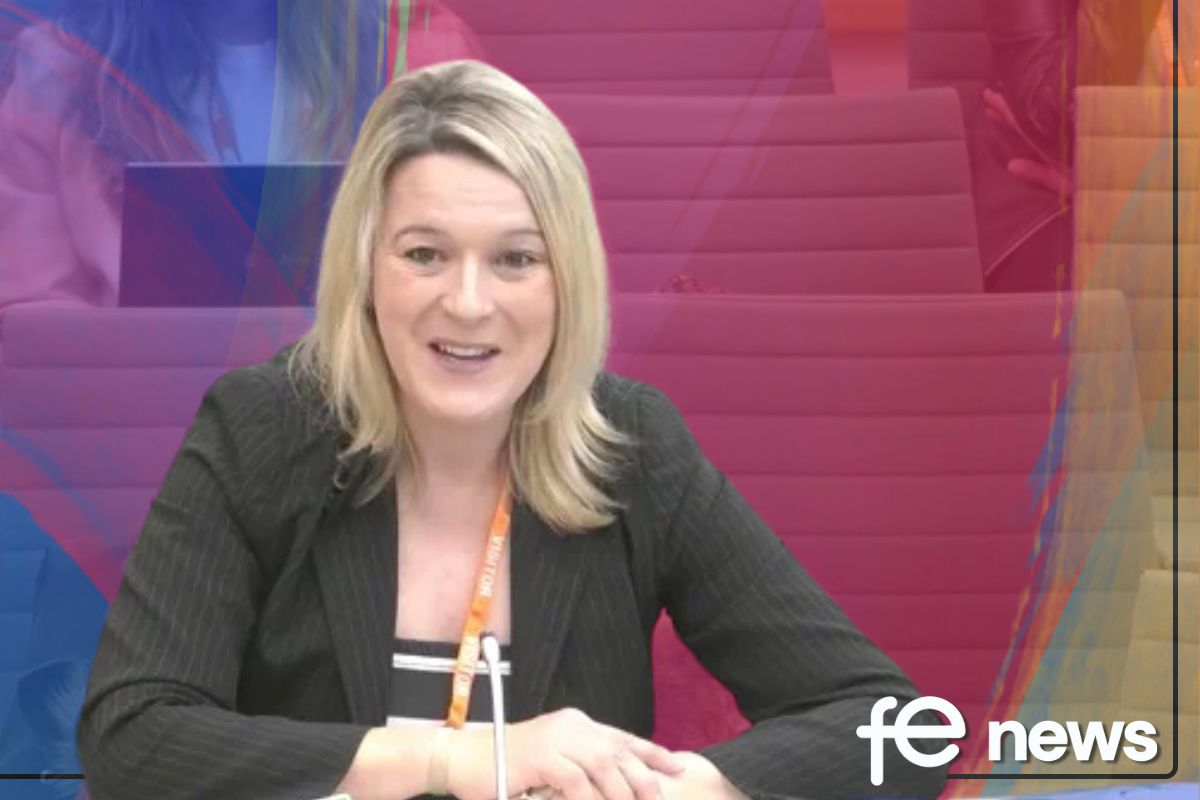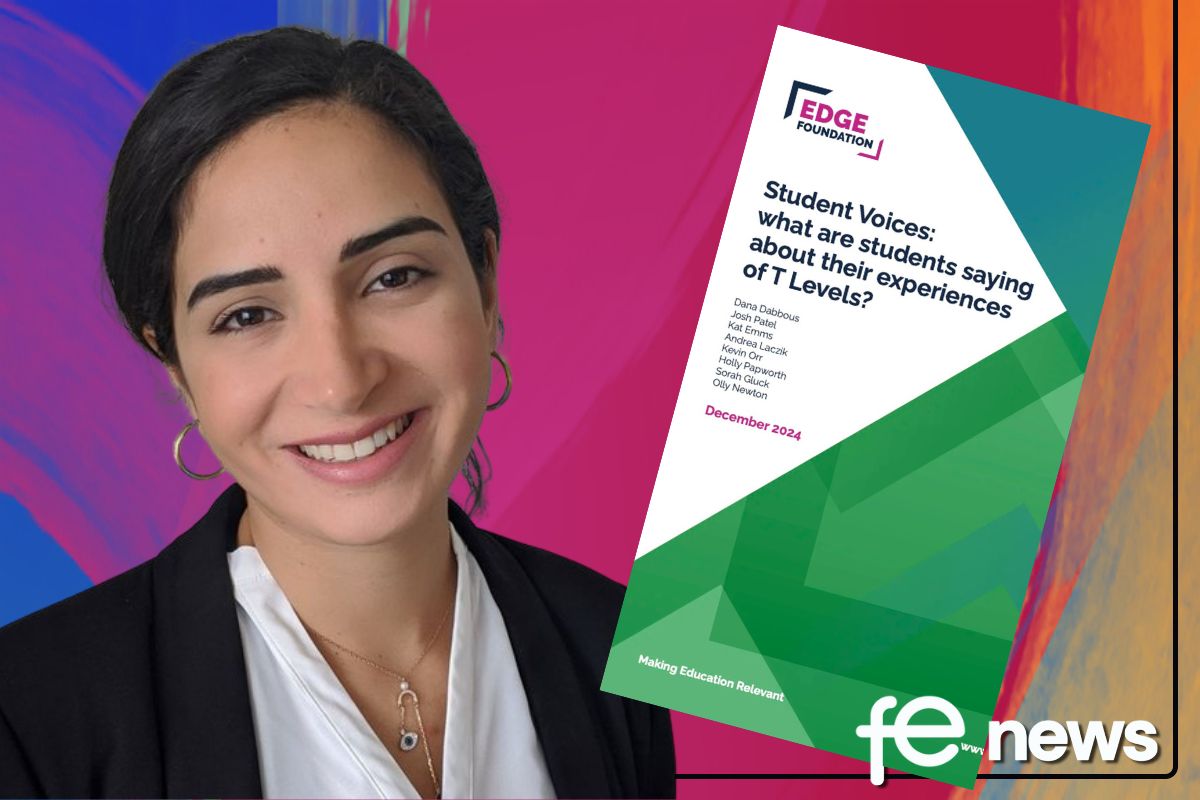The bubble system has ended: What do education providers need to do now?

#FreedomDay: Change of Covid-19 restrictions
The government has announced the end of the bubble system in schools as of today (19 July 2021), in recognition of the fact that the requirement for whole bubbles to self-isolate for 10 days following a single positive case of Covid-19 was causing disruption to many children’s education.
In the week commencing 28 June 2021 around 640,000 children were absent from school, with some schools being closed entirely, in large part due to the numbers of children having to self-isolate following the identification of a positive Covid-19 case.
Most schools operated a “bubble” system whereby if one member of the bubble tests positive for Covid-19, the whole bubble must self-isolate at home for a period of 10 days. This plunged parents, carers, teachers and children back into home schooling, at very short notice, with some having the added complications of having to manage this whilst working.
What are the changes?
The recent government announcement confirmed that the general plan for removal of Covid-19 restrictions for England would go ahead with “step four”, which is to start as of today. This means that the bubble system will end, so that entire classes or year groups will no longer have to self-isolate if one person in the bubble tests positive for Covid-19. In addition:
- Contact tracing will no longer be the responsibility of early years, schools and colleges and will instead transfer to NHS Track and Trace.
- Students will need to self-isolate if identified by NHS Track and Trace as a close contact of somebody who has tested positive (as is currently the case for the adult population).
- Masks and social distancing will no longer be necessary in any part of a school premises, including in classrooms and communal areas and on school transport.
- Staggering of start and finish times will no longer be necessary but schools and colleges may continue to do so until the end of the summer term, if they wish.
- Secondary schools and colleges must continue to encourage regular home lateral flow testing until the end of September (plus two on site tests at the beginning of the autumn term, at which time the policy will be reviewed).
- Schools running over the summer holidays, such as camps and summer schools, must continue to carry out two lateral flow tests a week for students.
From the 16 August 2021, anybody under the age of 18 will not need to self-isolate if a close contact tests positive (as with adults who are double vaccinated). 18-year olds will be treated the same as younger people until four months after their birthday to allow them to be fully vaccinated.
If under 18-year olds are identified as close contacts they will be advised to take a PCR test. The requirement to self-isolate will only apply if the individual has tested positive themselves.
Testing for close contacts under 18 will be split into two categories:
- All Primary, Secondary and College age children should take a single PCR test.
- Early Years children should only take a PCR test if a member of their household tests positive.
As of the Autumn term, fully vaccinated teachers can remain in school if a close contact tests positive (which is in line with guidance for all adults in England). Enhanced hygiene and ventilation will remain in place for the autumn term.
The announcement also confirmed that there would be no restrictions on in-person teaching at universities in England from next term.
What should schools and colleges do?
Concern has been raised in respect of the removal of the majority of restrictions with the increase of cases of the Covid-19 variants, and additional questions remain – such as how family members and school staff will be affected by the changes, with some fearing ongoing staffing problems in the Autumn term. In addition, there is currently a lack of clarity in respect of vaccinations for children and questions over how to manage the high numbers of students reporting long covid symptoms.
Whilst the government is reducing the restrictions within the guidance for the education sector, it remains the education organisation’s responsibility to manage the risk within its premises. It is therefore important to remain aware and reactive to Covid-19 infections/variants and transmission rates and any changing government guidance. If one thing is certain, it is that we are going to have to live with this virus at least for the foreseeable future.
It also remains the responsibility of the education organisation to identify and manage risks in accordance with its general duty under the Health and Safety at work etc Act 1974 to ensure, so far as reasonably practicable, the health, safety and welfare of its staff, students and visitors. Government guidance should therefore be read alongside any additional guidance issued by the Health and Safety Executive (HSE).
Practical advice on key issues
It is important that education settings continue to have an effective outbreak management plan and work with local health teams – outbreak plans need to revisited in line with the updated guidance and the change of restrictions as the summer progresses.
It is key that education settings ensure risk assessments remain current and up to date and that all control measures that are in place are being strictly adhered to. It will be essential to retain flexibility given the significant number of cases and different variants that circulate. Should there be an outbreak within an education setting, it will be advisable to temporarily reintroduce some control measures. Whilst this would not necessarily include sending whole groups of students home, it may require the reintroduction, for example, of social distancing, the wearing of face masks etc. In this event, clear and effective communication with parents, staff, health and safety representatives and students on changing measures is paramount. The onus will be on education settings to be prepared and to react quickly should an outbreak occur, to try and prevent further spread of the virus.
As of September there will be a reliance on hygiene and ventilation as the main measures for managing the potential spread of Covid-19 – it would be advisable that education settings review these measures and identify any further steps that can be introduced. For example, a key question will be:
What practical measures can schools and colleges take to ensure, so far as reasonably practicable, that work areas are both well ventilated and comfortable to work in all year round?
Ventilation does not mean that open windows/doors are the only or main answer. Ventilation is about keeping a flow of air through an area – both in the summer when there may be no breeze and in the winter when appropriate temperatures need to be maintained. HSE’s published guidance on Ventilation and air conditioning during the coronavirus pandemic sets out steps that can be taken by schools.
In the inevitably challenging times that are still ahead it will also be important to continue to liaise and communicate with health and safety representatives and Unions to ensure that any mitigation measures or additional steps to manage risk can be taken quickly and efficiently. During the pandemic many schools engaged effectively with Union representatives and this proved to be crucial in being able to respond to government and HSE guidance, update risk assessments and communicate any key changes to the work force.
The change in approach will also have a significant knock on effect for school employees and, as a result, the schools themselves. Policies surrounding absence management and pay will have to be reviewed in order to fit with the new approach. This will include consideration of how to treat long covid in particular, whether it counts towards targets in absence management procedures and the risk that, in certain circumstances, it may be classified as a disability. Schools will also have to wrestle with how to treat employees who are reluctant to return to the classroom after an absence which, for some, may be as long as 18 months.
Education settings should not see the reduction in restrictions as requiring any less oversight of the risk management and progress of Covid-19 cases in its premises.
Stephanie McGarry, Partner, and Daisy May Coster-Hollis, Associate, Browne Jacobson











Responses